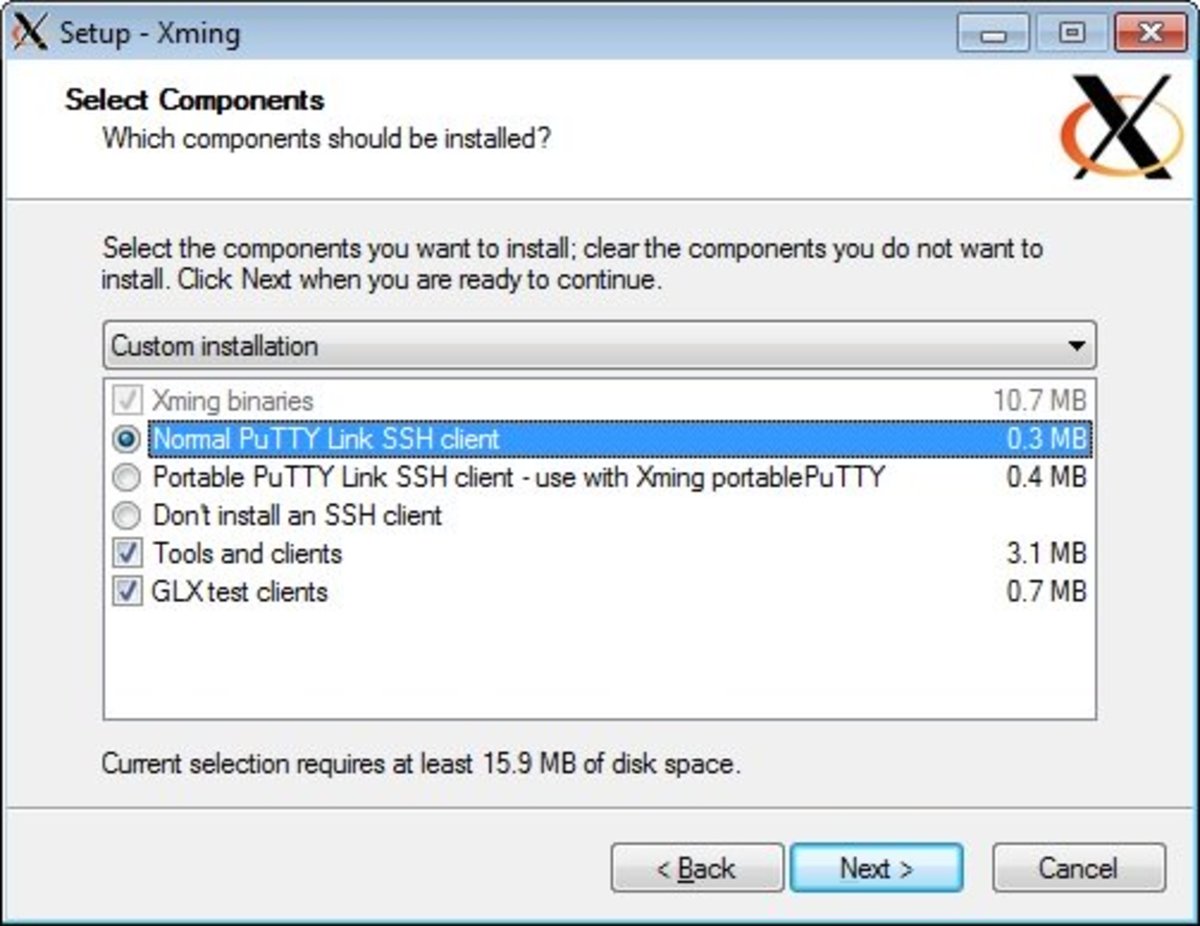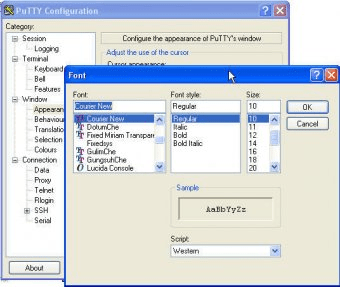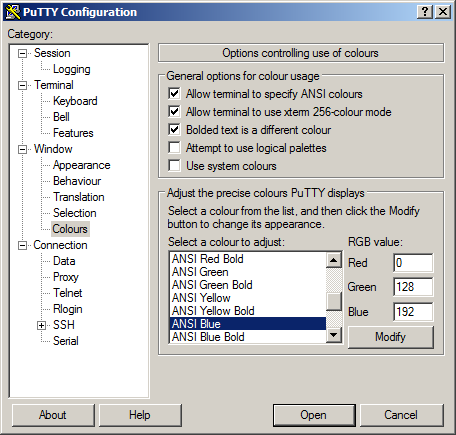

- #Xming putty configuration install
- #Xming putty configuration software
- #Xming putty configuration download
#Xming putty configuration download
But if you had to change the config file, it’s time to restart ssh: solaris# svcadm restart svc:/network/sshĪll that’s left now is to download the wonderful free Putty client, that is if you’re not using it yet. You need to configure PuTTy for X11 forwarding as mentioned in the previous response. PuTTy will pass the X11 protocol to Xming for processing and user interaction. So before you click the 'open' button to log on to the remote machine, do this: Selete Connection->SSH->X11 on the left column of Putty. You start the Xming X server on your Windows PC, then open PuTTy to establish a SSH session with X11 forwarding. If you already have similar parameters, don’t do anything. STEP THREE: Configure Putty To use X-Forwarding feature, you must enable X-Forwarding in Putty. Just ensure that it has the following: # X11 tunneling options We have to alter the ssh daemon config file: /etc/ssh/sshd_config. Now that you have Xming installed, start it and it’s time to take care of the ssh side of things.
#Xming putty configuration install
All you have to do is download its distribution archive from the project’s page on SourceForge: XMing SourceForge.Īfter you install it, I recommend you have a quickstart panel shortcut created for it, and have your command line altered to something like this: "C:Program FilesXmingXming.exe" :0 -clipboard -multiwindow Configure SSHd for X11 forwarding It allows you to redirect graphical output of applications you run on remote Unix servers and therefore see these applications windows on your MS Windows desktop. Essentially it’s an X-server which starts transparently on top of your MS Windows desktop.
#Xming putty configuration software
Xming is an X Windows port for Microsoft Windows. Software must be installed on the PC to make this link work and the best software (so far) for this task is the PuTTy terminal emulator and the Xming X-window. But in reality, if you don’t need any sessions but only want to remotely start an application and get a window from it on your desktop, you won’t need any of these expensive products – the easiest will be to use X11 forwarding and Xming. For Windows, there are lots of pretty good albeit expensive products like Citrix, GoGlobal and XWin32, which allow you access your remote Unix desktop sessions.


X11 Forwarding with ssh is a wonderful feature which allows you get windows of a remotely started applications shown on your own desktop. I use it both at home and at work, and everything is very easy and – most importantly – absolutely free. I’ve been using this combination on a daily basis for more than a year now, and I can’t stress enough how really useful it is.


 0 kommentar(er)
0 kommentar(er)
